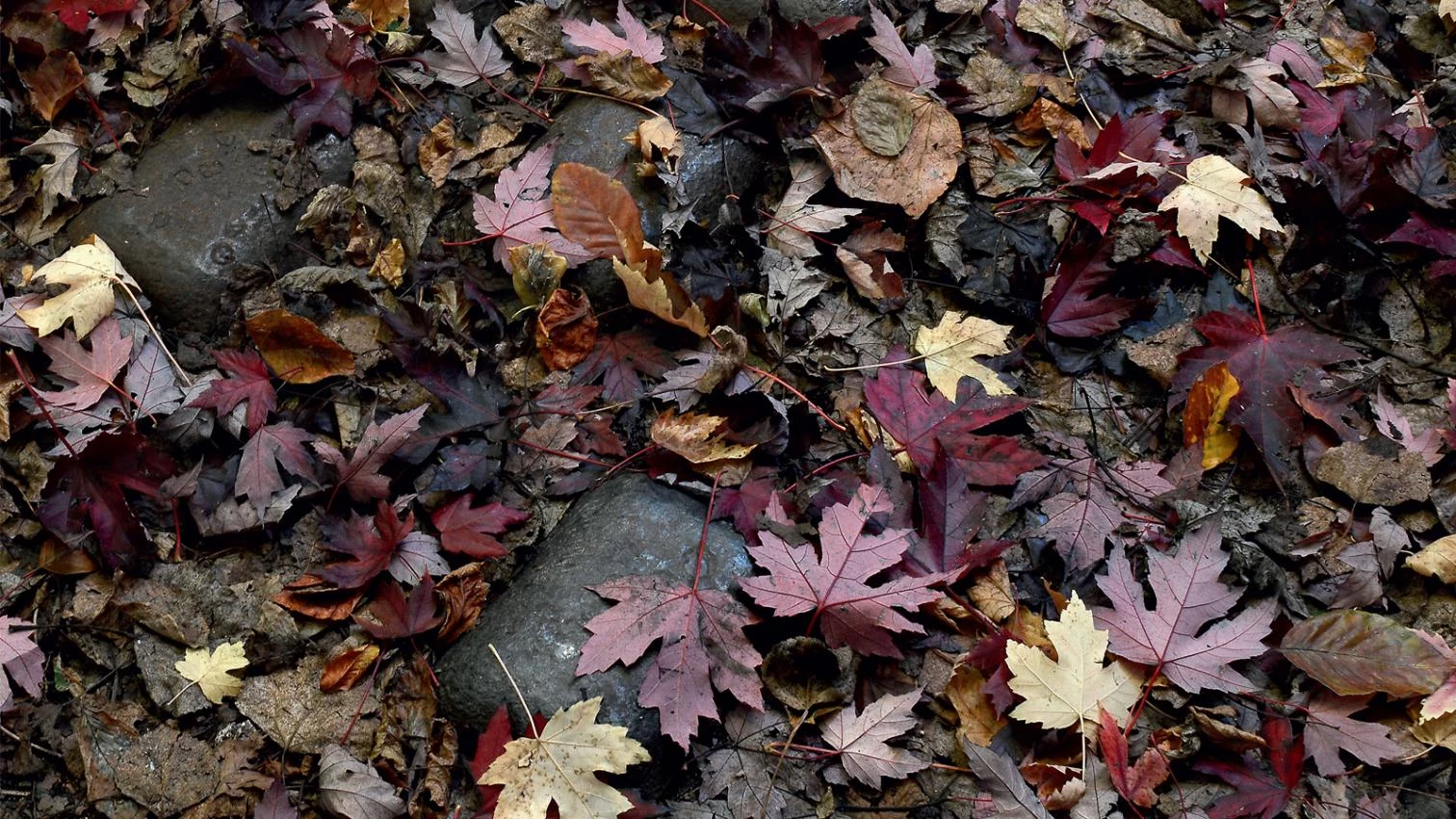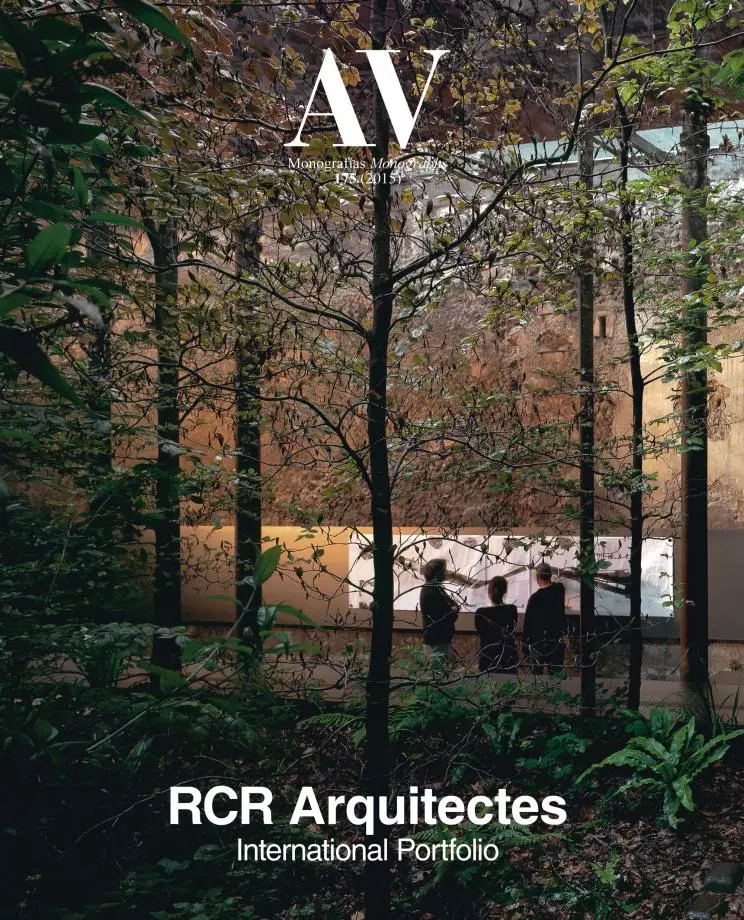Nature in Black

Any description of the bright and dark work of RCR must resort to oxymoron. One may use geometric landscapes, weightless gravity or – as their projects were presented here in 2010 – rigorous romanticism: these antithetic terms express the tension between a materiality of stark harshness and a lyricism of throbbing emotion; between a formal extremism that takes no prisoners and a sensibility that opens up to nature without reticence; between the heavy solidity of concrete or steel and the fragile lightness of glass or shadows, which blurs the building in atmospheres and reflections. Tactile and immaterial, their works belong to the earth and transcend it, are at once telluric and translucid, severe and gentle, frozen bonfires that warm up and char, leaving a gem residue in their resplendent darkness, exquisitely carved and covered by a patina of rust that mixes manufacture and meteor.
The resonance of the black light of their almost monochrome matter with the outrenoir of Pierre Soulages in the museum of Rodez encourages to establish artistic filiations that link the work of the architects with informalism, lyrical abstraction or abstract expressionism. However, these formal or chromatic connections are in the end superficial, because many of these movements found their impulse in a lucid and existential pessimism, while the oeuvre of RCR feeds on the peaceful pleasure that brews in the placid shelter of the Olot office, an exact paradise of poetic gravitas and environmental empathy. The tattoed walls of Tàpies, the torn burlaps of Millares or the burnt timbers of Lucio Muñoz express with brown textures of earth and black brushstrokes of night the desperation of a leaden time, but the deliberate darkness of the Catalan trio is always luminous.
If there is a fertile connection between those paintings and these architectures, it must probably be found in the expressive dimension of the gesture, which matches up the stenographic watercolors of RCR with oriental calligraphy, but also establishes ties with the spatial and bodily matter of action painting, so that it would not be completely absurd to qualify these as action architectures, still movements that halt time with the motionless hand, letting water and color glide from the brush to the porous paper like rust or moss colonize the surfaces with haphazard rigor. And from this calligraphic and pictorial gesture emerge sculptural volumes that unavoidably evoke the somber solidity of Richard Serra and the disoccupied lightness of Jorge Oteiza, father figures of a certain oxymoronic architecture, at once nature and artifice, radiance and darkness.
Luis Fernández-Galiano





